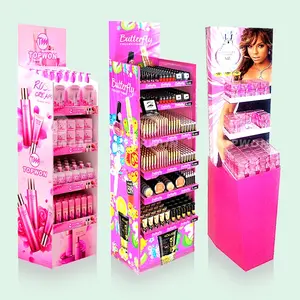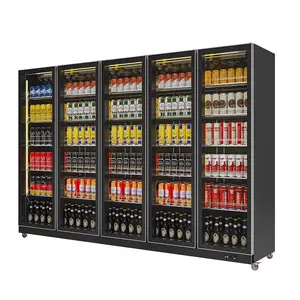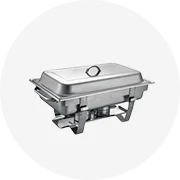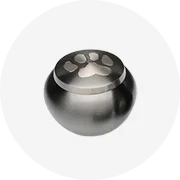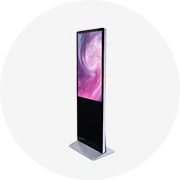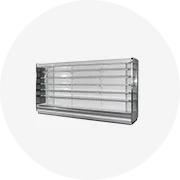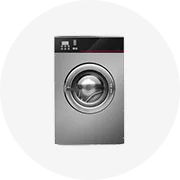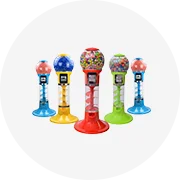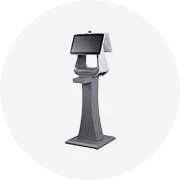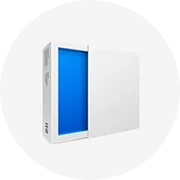Popular in your industry













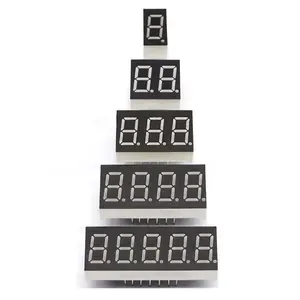













































Related Searches:
















































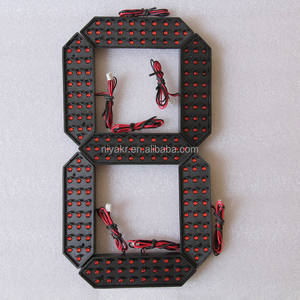












































































Top categories
About led number display
In an era where the clarity of communication is paramount, LED number displays stand as a beacon of innovation, transforming how we share and perceive information. From the early monochromatic displays to the vibrant full-color screens we see today, these technological marvels have revolutionized the way messages are conveyed across industries. This article delves into the transformative journey of LED number displays, exploring their evolution, diverse applications, and the cutting-edge features that make them indispensable in our visually driven world. As we navigate through the various types and uses of LED displays, particularly on platforms like Alibaba.com, we gain insight into how these dynamic devices are reshaping information dissemination in the digital age.
The Evolution of LED Number Displays
The journey of LED number displays began with the invention of the first practical LED in 1962, which was initially red. The evolution of LED technology saw significant milestones, leading to the creation of more efficient red and amber LEDs, and eventually, the introduction of blue and green LEDs. These developments were crucial in achieving full-color LED displays. The concept of LED displays was further expanded with innovative designs for large-scale applications, demonstrating the potential of LED technology for large-scale applications.
Modern LED number displays now benefit from high-brightness diodes that can produce a broad spectrum of colors, a far cry from the early monochromatic models. The introduction of new technologies has further pushed the boundaries, allowing for the creation of true LED displays where the LEDs themselves form the actual image. Today, the development of advanced LED technology continues to advance the capabilities of LED displays, making them more scalable and efficient, although production costs remain a challenge.
Understanding LED Number Displays on Alibaba.com
Alibaba.com showcases a diverse range of LED number displays, catering to various business and informational needs. These displays come in multiple configurations, designed to show numerical information in a visually striking manner. They are particularly useful for creating custom digital signboards.
The platform also offers traditional digit displays, including the compact 7-segment LED displays, which are a staple in digital clocks and counters. These are available in different sizes, suitable for a range of applications from personal devices to large-scale price displays at gas stations.
Innovative solutions like vertical wall mount displays, which double as a fitness mirror and an advertising display, reflect the versatility of LED number displays. Additionally, specialized displays for traffic management, such as full matrix traffic variable message signs, demonstrate the adaptability of LED technology in providing critical information in public spaces.
For commercial use, particularly in the retail sector, LED number displays are available in formats optimized for price indication, like those used in gas stations. These displays often come with remote control capabilities, allowing for real-time updates and changes. The variety of LED number displays on Alibaba.com spans from basic models for local markets to advanced units with specialized functionalities.
Types of LED Number Displays Available in the Market
LED number displays have evolved significantly, offering a variety of options for different applications. One fundamental type is the digital display LED, which is specifically designed to show numeric values. These displays often utilize a seven-segment digital configuration, which employs segments to create all the necessary digits. Commonly seen in banks and digital clocks, these displays emit a distinct light.
Another variant is the LED lattice image text display, capable of showing both text and images. These consist of matrices of LEDs arranged in rows, displaying dynamic text and static images. They are versatile and used in settings such as airports for flight information, concerts, stadiums for live statistics, and even on billboards.
Each type of LED number display is designed with specific applications in mind, ensuring that whether for simple numeric data or complex, dynamic information sharing, there is a LED display solution available in the market that meets those needs.
Applications of LED Number Displays in Various Industries
LED number displays have found their place in a variety of industries due to their versatility and visibility. In the realm of stage design, they contribute to the aesthetic by creating a sense of depth and dynamic atmosphere without hindering the overall set. Retail environments, including large shopping malls and chain stores, utilize these displays to attract and retain customer attention with vibrant video advertisements, transforming store facades into modern, stylish statements.
Educational and informative venues like Science and Technology Museums leverage LED number displays to enhance the presentation of exhibits, allowing for a more interactive and engaging learning experience. The retail industry also benefits from the integration of LED displays in shop windows, where they serve as a modern tool for showcasing products and promotions, contributing to the evolution of the 'new retail' concept.
Furthermore, the leasing sector has seen an uptick in the use of LED number displays due to their lightweight, modular design which allows for easy transport and quick setup, essential for events that require temporary installations. These displays are also increasingly being adopted for interior decoration and building facades, indicating their growing market in commercial and architectural applications.
Key Features and Innovations in LED Number Displays
Micro LED technology is at the forefront of advancements in LED number displays. These displays are composed of minuscule LEDs that illuminate independently for each pixel, offering a significant enhancement in contrast with ultra-low black levels and higher peak brightness compared to traditional displays. Notably, Micro LEDs are crafted from inorganic materials, which contribute to their longer lifespan and reduced power consumption, underscoring their sustainability. The modular nature of Micro LED displays, formed by assembling multiple smaller panels to create a larger screen, provides unparalleled customizability. This feature is particularly beneficial for large-scale and bespoke digital number displays, where specific dimensions and resolutions are required. Furthermore, the ability to produce any color in the visible spectrum with a single pixel, marks a leap in display color accuracy and efficiency. These innovations in LED number displays are shaping the future of how information is visually communicated across various platforms and industries.
Material and Design Considerations for LED Number Displays
When considering the material and design aspects of LED number displays, it's essential to focus on the LED packaging and the configuration of the display. The packaging can significantly influence the viewing angle, with SMD diodes offering superior angles compared to Direct In-line LEDs, which are more limited due to their structure. The configuration of the LED display also plays a pivotal role in its performance and application.
There are three primary configurations to choose from: Full Array, Edge-Lit, and Direct-Lit. Full Array configurations provide consistent light distribution, resulting in dynamic colors and clear lighting, making them suitable for scenarios where high-quality image reproduction is critical. Edge-Lit displays, commonly found in TVs and monitors, have LEDs placed around the edges, allowing for thinner screens but may suffer from dynamic lighting issues without proper configuration.
Direct-Lit configurations, while being the most economical, use fewer and larger LEDs, which limits their ability to produce complex images. They are best suited for large displays where high definition is not a priority. Each of these configurations has implications for the material design, affecting the display's depth, clarity, and overall visual performance. Therefore, when selecting an LED number display, it's crucial to consider these material and design factors to ensure the display meets the intended application's requirements.
Advantages of Using LED Number Displays for Information Sharing
LED screens offer distinct advantages for information sharing, making them a superior choice for various settings. Their resistance to water allows for reliable outdoor use, which is essential for events, stadiums, and outdoor advertising like billboards. The flexibility in sizing is another significant benefit; LED displays are not limited to standard sizes or shapes, enabling a custom fit for specific needs, whether it's a straight, curved, square, or rectangular display.
The seamless appearance of LED screens is a notable improvement over the tiled monitors of the past, which were often marred by visible seams. Modern LED displays can be constructed as a single, uninterrupted piece, ensuring that messages and videos are presented flawlessly. Additionally, the picture quality of LED displays is exceptional, with fine pixel pitch displays offering clear and vivid visual experiences for viewers who have come to expect high-resolution content.
The longevity of LED screens is another advantage, as they are designed to have extended lifespans, providing a strong return on investment. This durability, coupled with the availability of repair services, ensures that organizations can maintain their displays without the need for frequent replacements. The versatility of LED screens also stands out, as they are utilized across various sectors, including broadcasting, education, sports, religious institutions, and corporate environments, to convey messages effectively to target audiences.
How to Choose the Right LED Number Display on Alibaba.com
Choosing the right LED number display involves understanding the specific needs of your application and the features of different displays. Consider the pixel pitch, which affects viewing distance and clarity. A smaller pixel pitch means a clearer image at a closer distance, suitable for indoor environments.
For outdoor settings, a larger pixel pitch works better as it provides clear visibility from a distance. Additionally, assess the brightness, measured in Nits, to ensure the display is visible in the intended lighting conditions without causing discomfort.
Resolution is another critical factor; it should be high enough to deliver clear content but balanced against cost and power consumption. For applications where viewers are close to the screen, such as in-store displays, a higher resolution is beneficial. In contrast, for roadside advertising where viewers are at a distance, a lower resolution may suffice. Also, consider the display's power requirements, which depend on brightness and usage duration, and ensure it matches your facility's capabilities.
Lastly, take into account the LED display configuration. Full Array configurations offer consistent light and dynamic colors but at a higher cost. Edge-Lit displays, while thinner and less expensive, may have dynamic lighting challenges. Direct-Lit configurations are cost-effective for large displays that do not require high definition. By carefully evaluating these aspects, you can select an LED number display on Alibaba.com that meets your informational and promotional needs effectively.
Conclusion
LED number displays have journeyed from simple diodes to complex, high-resolution screens that now adorn everything from stage designs to urban landscapes. They have become the go-to medium for vivid, durable, and flexible information sharing across various sectors. This article has highlighted the evolution of LED technology, the array of available options on Alibaba.com, and the considerations for choosing the right display for specific needs. With advancements like Micro LED technology and innovative configurations, these displays offer unparalleled customizability and visual performance. As we have seen, whether for advertising, education, or entertainment, LED number displays provide a sustainable, cost-effective, and impactful way to communicate with audiences. In selecting the ideal LED number display, one must weigh factors such as pixel pitch, resolution, and configuration to ensure the display aligns with their communicative goals. The future of information sharing continues to brighten with LED technology at the helm, promising more advancements that will further enhance our visual and informational experiences.

